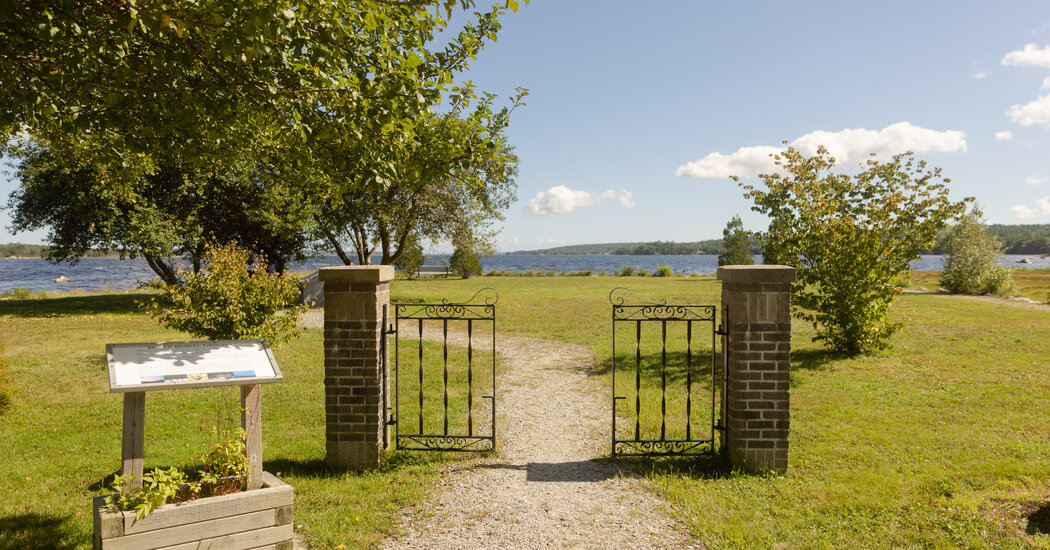Similar to the urban renewal policies of the 1950s and 60s in American cities, Halifax decided to relocate the residents of Africville in order to build commercial and industrial districts in the area. In 1964, the Halifax City Council voted to authorize the relocation of residents, though it was later reported that more than 80 percent of residents never had contact with the Halifax Human Rights Advisory Committee, the volunteer citizens’ group created to protect the interests of the people of Africville. The city claimed that relocation would improve the standard of living for residents, but most were moved into public housing complexes. Adding insult to injury, the belongings of residents were moved by city garbage trucks; despite much resistance, the last home in Africville was destroyed in 1970. The city issued a formal apology to former residents in 2010.
As I approached the sunny yellow church where the Africville Museum is housed, and gazed at the calm waters of Bedford Basin, it was easy to imagine a community of children playing, families fishing and folks gathering together after a church service. I noticed that the park behind the museum (once briefly a dog park in 2014 before Africville descendants expressed outrage) was filled with campers, tents and R.V.s. After I viewed historic photographs, news segments and protest memorabilia with an Africville descendant, Marc Carvery, whose grandfather was forcibly removed in his youth and to this day can’t discuss the experience, Mr. Carvery casually mentioned that the coming weekend was the Africville Reunion.
Now in its 39th year, the annual homecoming is celebrated at the end of July by former residents who park their campers where their homes would have been, cooking, singing, dancing and reliving memories. I made my way into the camp and immediately a woman so strikingly similar to my own aunties waved me over to chat. Forced from Africville at the age of 15 and now in her late 60s, Paula Grant-Smith took a deep sigh when recalling that traumatic experience.
“Growing up here was wonderful. If I fell and skinned my knee, I could go into any house and they’d patch me right up,” said Ms. Grant-Smith. “If I needed a snack, I could go stop by my neighbors and they’d feed me. I get very sad when I think about Africville, especially as I get older because we had so much freedom to play but also feel protected.”
As…
Click Here to Read the Full Original Article at NYT > Travel…
